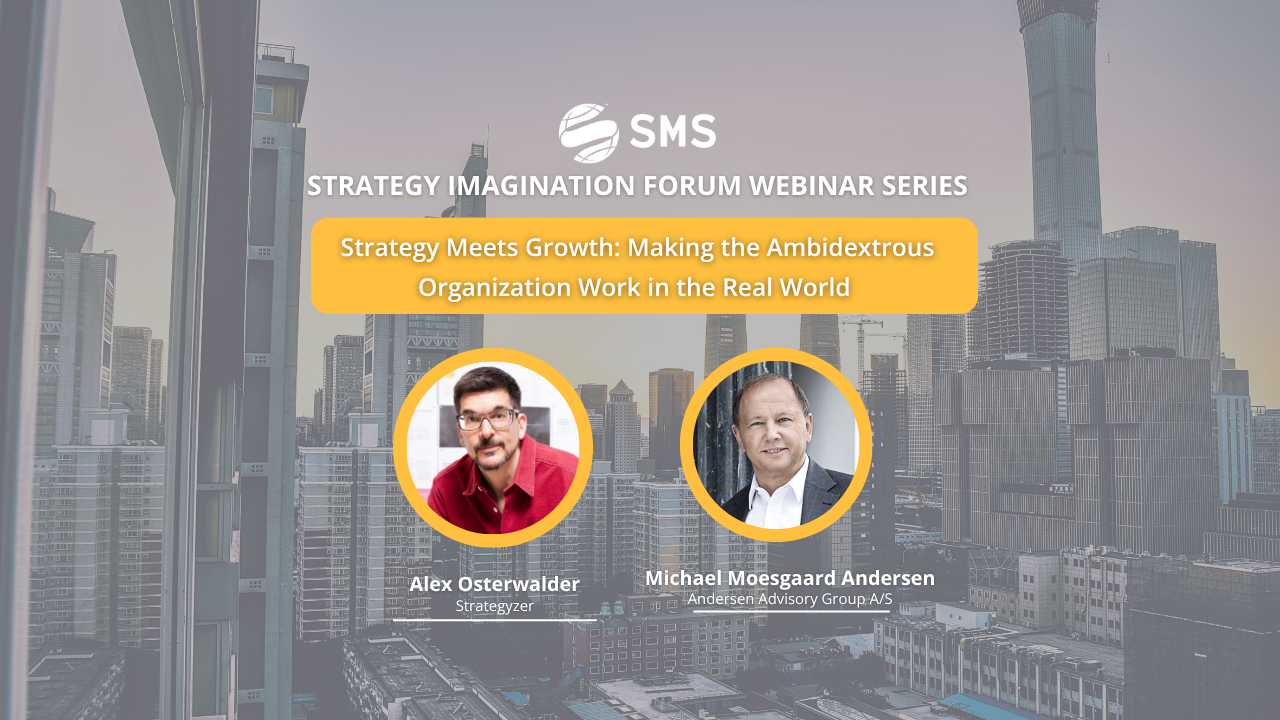Russ Coff, Thomas J. Falk Distinguished Chair in Business at the University of Wisconsin-Madison and former President of the Strategic Management Society provides advice on how to effectively present a research paper.
Have you noticed that academic presentations can be ineffective or even painful? Often the main point, the contribution, gets lost in a sea of details. Put simply, don’t present the paper – Sell people that they should read it. The following are a few suggestions that may help you design more effective presentations:
- Trim content to elements that are absolutely critical to understand the contribution. The less you cover, the more the key points will stand out. The goal should be to finish early and leave time for discussion. You may want to impose discipline in your efforts to trim as follows:
- Try to follow the “rule of three” to limit the number of critical takeaways (see recommendations from this physicist)
- Limit to about 7 slides (including title)
- No fonts smaller than 24pt. (even when reporting methods & findings)
- As few words as possible in the bullets – Avoid having text that the audience won’t have time to read. No points that you won’t have time to discuss.
- Limit any literature review to what is absolutely needed to set the context of your study. It is important to communicate what you are doing rather than what others have done.
- Format:
- Useful slide titles. Use slide titles to convey the main takeaway. Titles that say “Theory” “Data” or “Results” are so generic that they aren’t needed. Better examples might be:
- “Theory: M&A Create Value When Preceded by Hiring”
- “Results: Hiring Increases Value Creation by 30%
- Graphics/pictures/figures can be very helpful (again, no tiny fonts). Sometimes even very short videos can spice up a presentation and drive home key points.
- Limit builds/animations (both text and graphics) – it will take you longer to get through the content and it can be distracting.
- Useful slide titles. Use slide titles to convey the main takeaway. Titles that say “Theory” “Data” or “Results” are so generic that they aren’t needed. Better examples might be:
- Methods & Results: It is almost always impossible to cover methods adequately when you have 12-15 minutes.
- Research design/Causal claims: It is more important to describe your research design rather than a lot of details about data and estimation methods. This will make clear what causal claims you are able to make.
- What are main conclusions you draw? Make sure this stands out. Robustness checks and empirical challenges only matter if your findings are important and/or interesting. If the contribution is clear, people can read the paper for details.
- Results: No tables with tiny fonts (none <24pt even here). People can’t generally absorb this. Display the most critical results (coefficients/p-values/effect size) and acknowledge other model aspects (controls…) without displaying the whole table.
- Robustness: Minimize this discussion but be clear about what empirical challenges you can and cannot address. Convey that you take these seriously without going into details.


